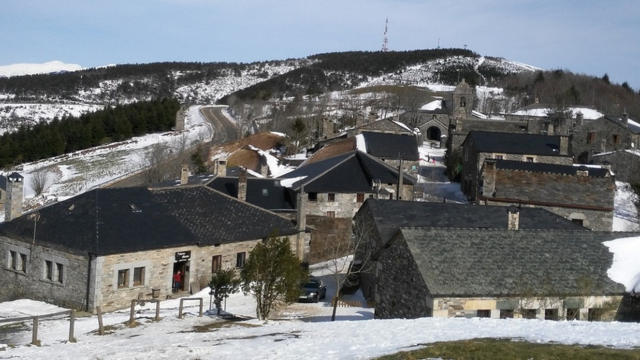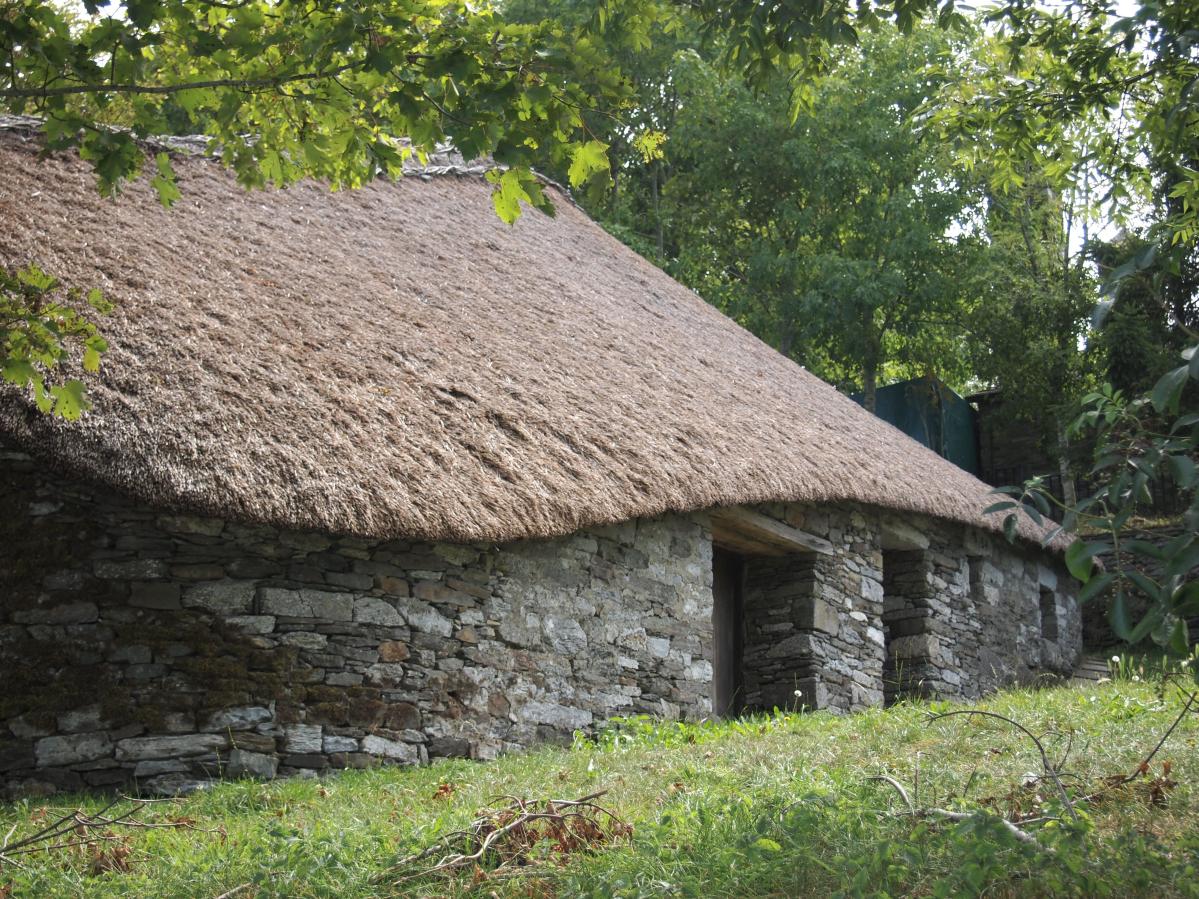Pedrafita do Cebreiro

Situated just 160 km from Compostela and standing over 1,000 meters high, Pedrafita do Cebreiro holds extraordinary historical and spiritual significance on the Camino de Santiago. Since Roman times, it has been part of key communication routes, including one through Triacastela, connecting ancient Galicia with Astorga. In the Middle Ages, both the French Route and a Royal Road passed through here, and in the 19th century, the N-VI, the first modern road linking the Spanish plateau with Galicia, was built.
The *pallozas*, traditional pre-Roman dwellings, stand as unique witnesses of ancient settlements and have now been converted into important ethnographic museums. The first pilgrim hospital was built in 835, reaching greater importance in 1072 under the administration of French monks from Aurillac. The Sanctuary of O Cebreiro, famous for the miracle of the Holy Grail, is the highlight of the area. In 1486, the Catholic Monarchs visited and donated a reliquary for the miracle’s relics: a Romanesque Chalice and Paten from the 12th century. According to legend, Queen Isabella tried to take the relics to Castile, but the horses mysteriously stopped in Pereje and returned to O Cebreiro, where the queen ordered the relics to remain.
The influence of the Catholic Monarchs also led Pope Innocent VIII to restore the hostel and hospital, placing O Cebreiro under the Benedictine order of Valladolid and severing its ties with French administration. Over the years, O Cebreiro continued to receive privileges, reaching its spiritual and material height.
The French Route, a vital cultural exchange path since the 9th century, traverses 14 km of Pedrafita do Cebreiro, passing through villages such as Liñares, Hospital da Condesa, Padornelo, O Poio, and Fonfría. The Alto do Poio, at 1,335 meters, is the highest point on this stretch. The famous *queso do Cebreiro* (Cebreiro cheese) is a legacy left by the French monks who cared for the pilgrims.
